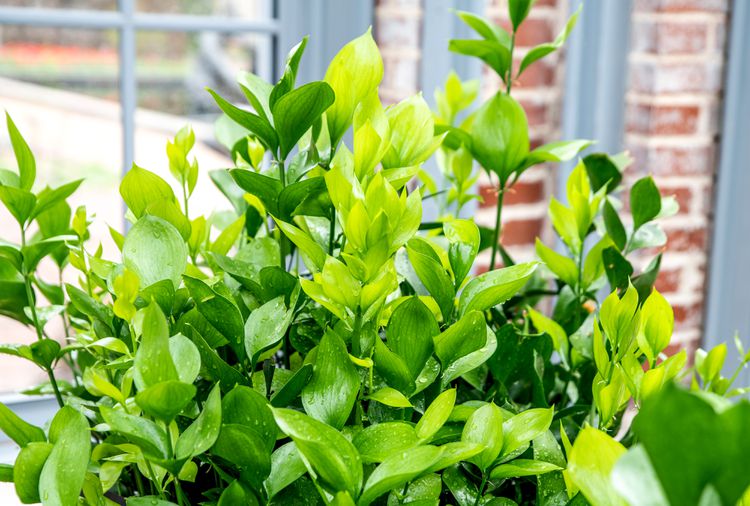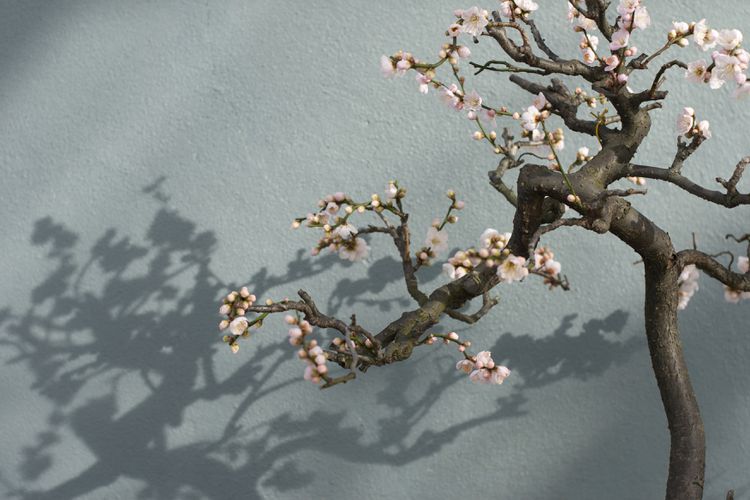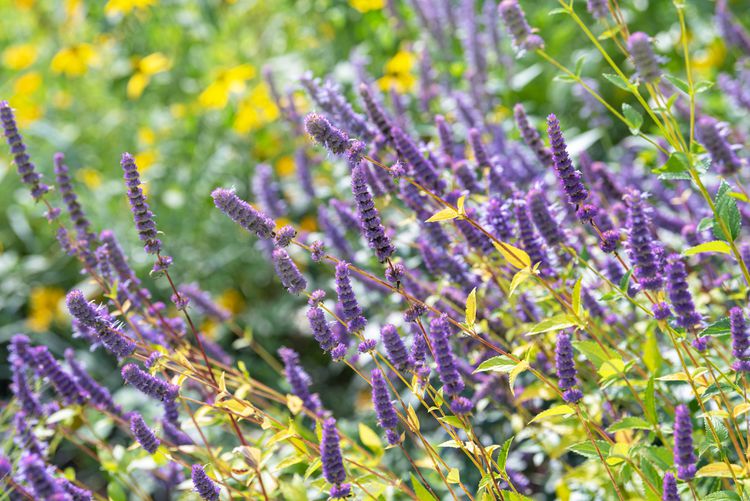
Despite its name, anise hyssop (Agastache foeniculum) is neither anise nor hyssop, although it belongs to the mint family. The leaves emit a delicate aroma reminiscent of anise, although others liken the fragrance to that of basil or French tarragon.
The flower spikes of the plant usually range in color from blue-lavender to purple, varying by variety, and rise from upright stems that are complemented by muted green foliage. Each leaf measures about four inches in length and features serrated edges, reminiscent of the appearance of typical mint.
This perennial, which grows in clumps, is indigenous to certain regions of the Midwest and the Great Plains. It produces a profusion of flowers from the middle of summer to the beginning of autumn, drawing in bees, butterflies, and hummingbirds. Its long flowering season makes it an excellent choice for both cut flower arrangements and large-scale plantings.
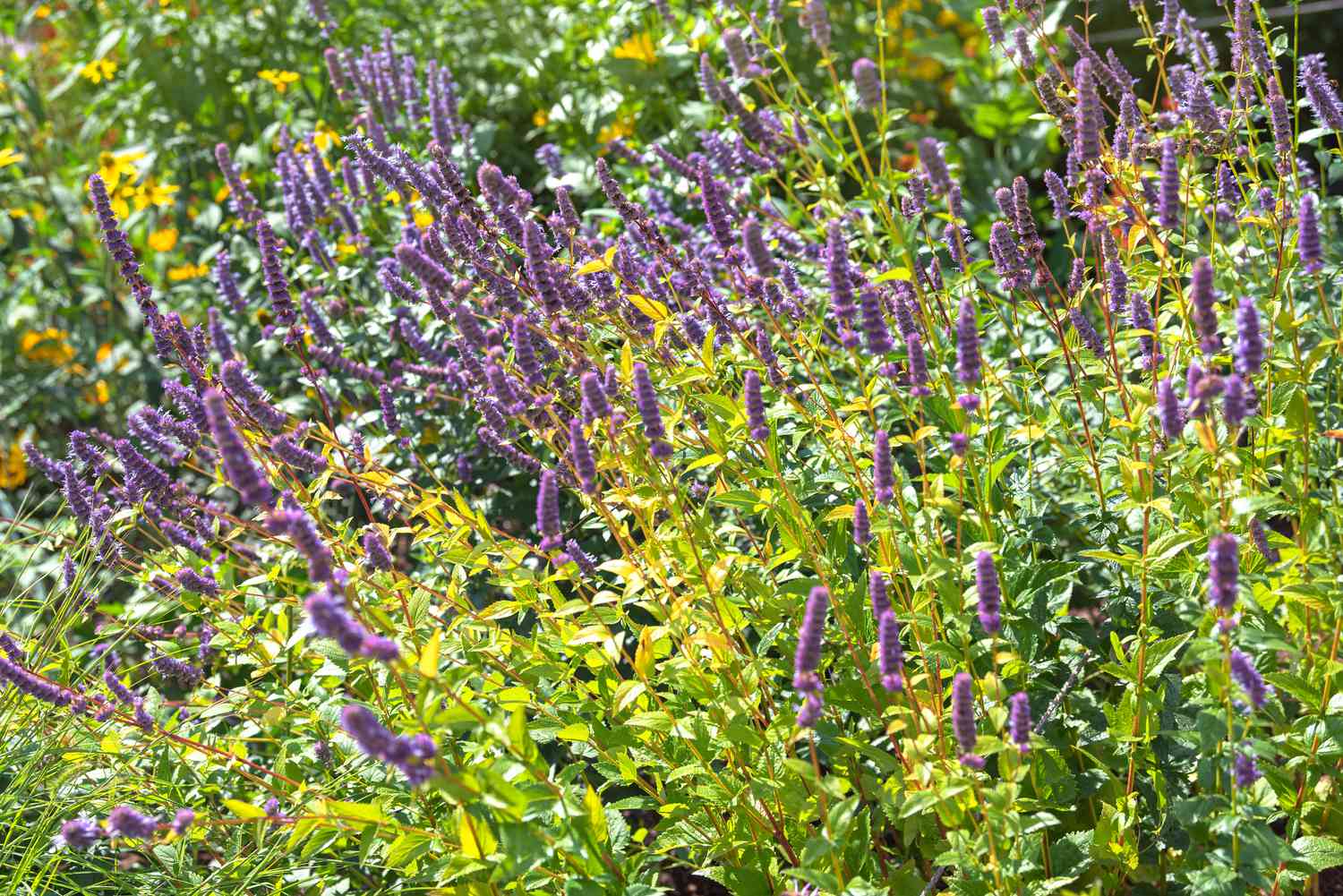
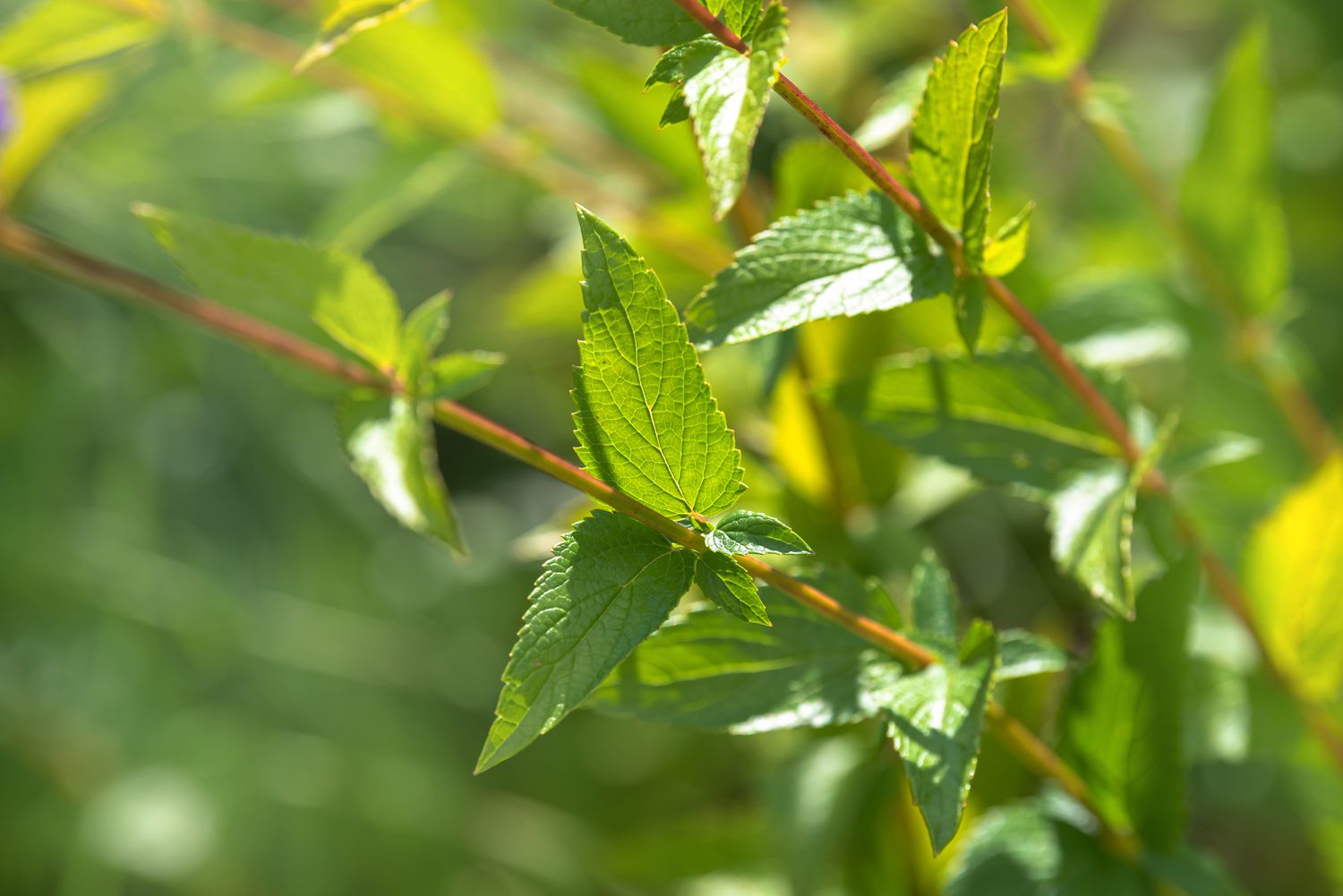
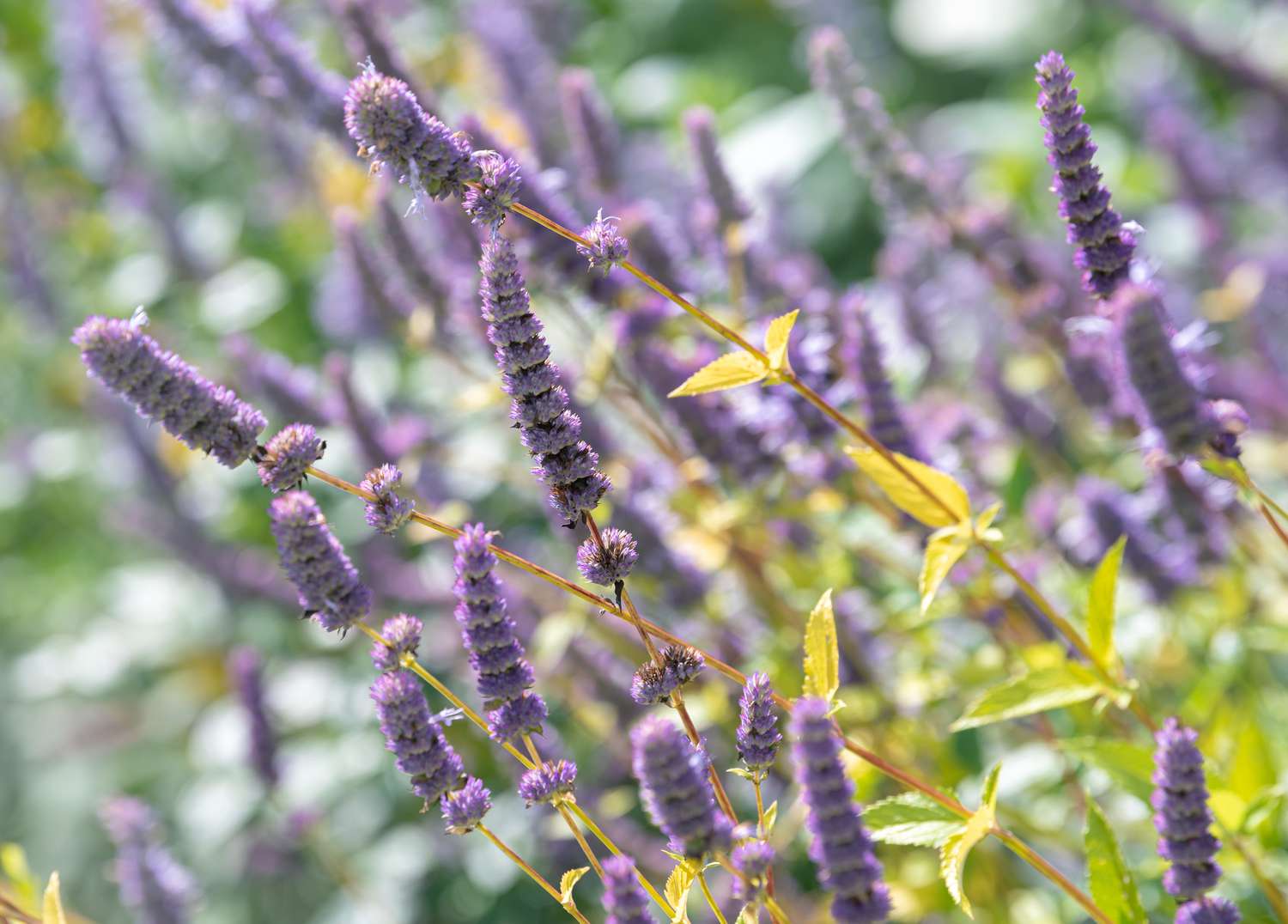
Light
Anise Hyssop thrives best in full sunlight. While it can tolerate partial shade, it tends to become leggy if it doesn’t receive adequate sunlight.
Soil
Anise hyssop thrives in rich, well-draining soil. It’s important to steer clear of overly compacted soil, as it can hinder root development and increase the risk of root rot.
Furthermore, it’s important for your soil’s pH to be as near to neutral as you can achieve. If the soil is overly acidic, you can adjust it by adding lime.
Water
During the initial four weeks after planting anise hyssop, provide weekly watering if there is no rain. Ensure the watering is slow and thorough to encourage the development of deep, expansive roots. Once the plants are well-established, stop watering, as this perennial can withstand dry conditions.
Fertilizer
In early spring, apply organic compost to anise hyssop every two years, spreading it around the base of the plant. Focus on the root area, ensuring to maintain a few inches of soil distance from the main stem. Alternatively, an all-purpose fertilizer can also be utilized.
Varieties of Anise Hyssop
The Agastache genus encompasses a wide variety of anise hyssop and related plants. The flowers of different hybrid types can display a spectrum of colors, including shades of pink, creamy white, powder blue, and red-violet. The leaves can vary from dark green to a bright lime green. Below are some of the most well-known varieties:
- ‘Alabaster’ is a hybrid variety featuring creamy-white blossoms. Its leaves are a lighter shade of green compared to many other hybrids. This plant typically reaches a height of around 3 feet and is less bushy than several other types of anise hyssop.
- ‘Black Adder’ features deep-colored buds and red-violet blossoms. Its growth is slower and less vigorous compared to other varieties.
- ‘Blue Blazes’ is a tall hybrid resulting from the cross between A. foeniculum and Agastache ‘Desert Sunrise.’ It is resilient in USDA Zone 5 and features pinkish calyxes along with lavender purple flowers that appear to radiate in the sunlight.
- ‘Blue Fortune’ is a hybrid variety created from A. foeniculum and A. rugosa, characterized by its sterile nature. The flower spikes are notably robust and exhibit a soft powder blue hue. The foliage is large and a rich green color. The prime blooming period occurs in the middle of summer. The flowers have an extended lifespan since they do not produce seeds. This plant typically reaches a height of 3 feet.
- ‘Blue Fountain’/’Blue Spike’ is an additional type of anise hyssop worth exploring. It features distinct blue blossoms.
- The ‘Golden Jubilee’ features enduring powder blue blooms that beautifully contrast with its vibrant chartreuse leaves. This resilient plant flourishes even in extreme heat and humidity.
- ‘Liquorice Blue’ features violet-blue blossoms adorned with reddish-purple sepals.
- ‘Purple Haze’ features flower spikes that are more slender compared to numerous other types of anise hyssop. Due to their slenderness, these spikes are less appealing to larger native bees, yet they might attract smaller pollinators that can easily access them.
- ‘Red Fortune’ features pink blossoms. This hybrid is less appealing to pollinators.
- The plant known as ‘Snow Spike,’ or ‘Album,’ features white blossoms and reaches a height of 3 feet.
Pruning
Anise hyssop is a relatively self-sufficient plant that requires minimal care once it is settled in your garden. Periodic trimming can promote flowering and enhance the plant’s overall appearance.
The optimal time for pruning is early spring, utilizing a clean set of pruning shears. Trim back as much as one-third of the plant to promote denser, bushier growth. Eliminate any dead plant material just above a healthy bud node.
Cultivating Anise Hyssop
Every three to five years, you should consider uprooting the plant and separating it. This practice can help avoid the decline of the central part and refresh the overall plant.
- In spring, separate the plant by uprooting the clump and splitting it into two sections.
- Replant the division at the same depth as it was initially placed, ensuring it is at least 2 feet distant from the original location.
- Thoroughly water the plants until they are fully reestablished.
Frequent Plant Ailments
Be aware that crown or root rot can develop in soils that do not drain well. Watch for signs of rust, powdery mildew, and leaf spots. However, anise hyssop is quite resilient, as it is resistant to deer and is typically a robust perennial.
Plants You May Find Interesting
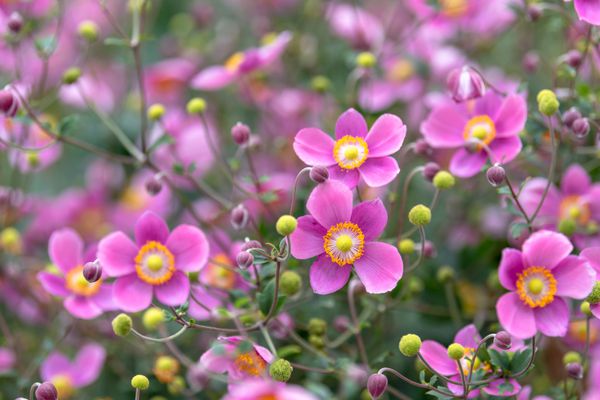
Tips for Cultivating and Maintaining Japanese Anemone
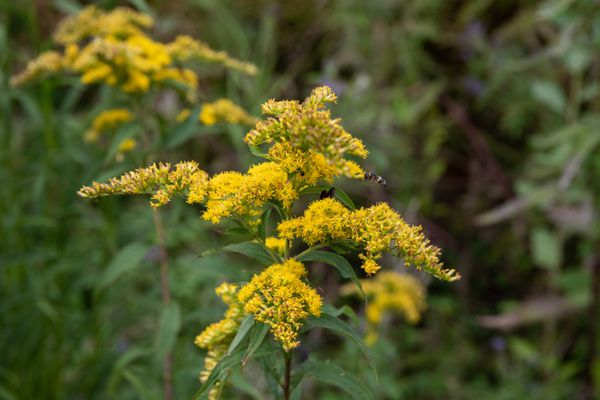
Tips for Cultivating and Maintaining Goldenrod
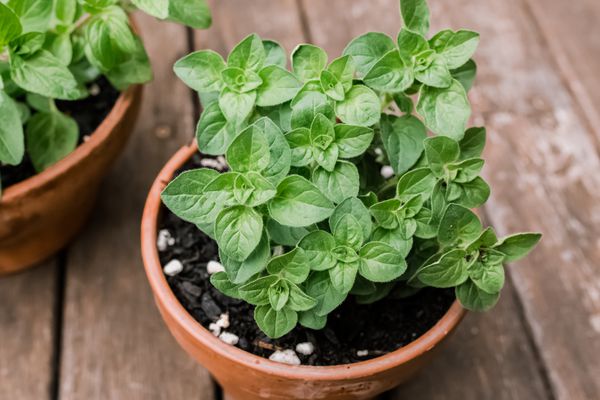
Tips for Cultivating and Maintaining Oregano
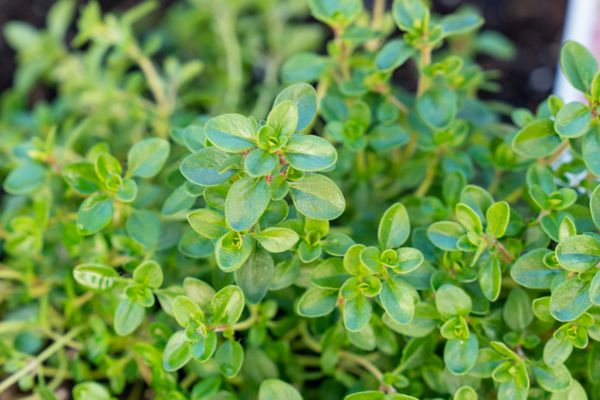
Tips for Cultivating and Maintaining ThymeWhat is the level of invasiveness of anise hyssop?
Anise hyssop readily produces seeds on its own, yet it is not regarded as a vigorous spreader and does not pose an invasive threat.
Does anise hyssop return annually?
Indeed, anise hyssop is a perennial plant that will thrive and reappear each year in optimal condition, provided it is within its suitable hardiness zones (3-8).

